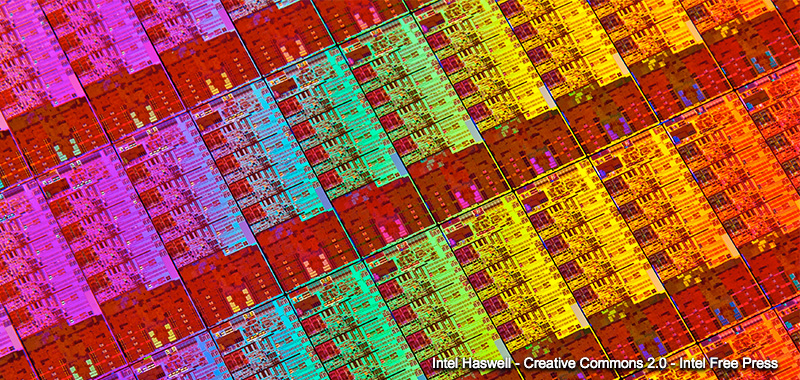Terminator: Dark Fate © Paramount Pictures.

Modern Physically-Based Rendering
RenderMan offers a combination of unbiased and biased rendering techniques which provide both accuracy and technical efficiency
State of the Art
RenderMan version 24 is a landmark release with innovation in look-development and industry collaborations, making it the most flexible, powerful, and reliable rendering engine for cinematic imagery.
The RIS technology in RenderMan has matured and evolved into a highly-optimized framework for production needs and RenderMan 24 expands this toolset even further with new Stylized Looks for non-photorealistic renders, a new layered material system developed at Industrial Light & Magic, and an all new live statistics system.
With the launch of Pixar’s hybrid CPU + GPU renderer, RenderMan XPU™, artists can look-develop faster than ever, giving pipelines a suite of exceptional tools for advancing look-development workflows for feature film animation and VFX.
Artistic
RenderMan provides major upgrades to Look Development, with many tools that improve artist workflows and complement the creative process, including the highly anticipated RenderMan XPU™.
Today there are many options for integrating RenderMan into VFX pipelines, including solutions from Pixar for Autodesk Maya, The Foundry KATANA, SideFX Houdini/Solaris, and an all new plugin for Blender. For lighting and look development, RenderMan offers a state-of-the-art system for interactive rendering that is capable of dramatically increasing the throughput of production scenes while allowing artists to focus on their art.
This intuitive system for creating photoreal and stylized looks, allows artists to create the most versatile and unique imagery conceivable.
Production-Ready Light Transport
Uni-Directional Path Tracer
The most used integrator, ideal for outdoor lighting and large direct light sources, this industry standard unidirectional path tracer combines samples from materials at hit points with light samples to estimate direct lighting, then spawns additional rays to handle indirect lighting.
The path tracer ships with source code for further customization.
Bi-Directional Path Tracer
For scenes problematic for unidirectional path tracing, the bi-directional Path Tracer, also called VCM integrator, can save the day. In addition to tracing paths from the camera, bi-directional path tracing also sends rays from light sources and then connects them. VCM can resolve complicated indirect paths and caustic effects that may be prohibitively slow to converge with unidirectional path tracing. Ideal for rendering interiors.
Pixar Unified
Pixar Unified offers both unidirectional and bidirectional path tracing which can be controlled on a per-light basis, so you get the best of both. It also delivers state-of-the-art light path guiding based on work from Disney Research for computer learning. The Pixar Unified integrator also contains functionality for quickly resolving caustic paths, a technique called Manifold Next Event Estimation, allowing caustic paths to resolve much quicker.
“As we advance our animation pipeline, we look forward to using the new lookdev tools in RenderMan 24.“
-Paul Baaske, Workflow Architect, DNEG Feature Animation
The Lion King © Disney

Multi-Threaded and GPU Ready
To maximize interactivity, RenderMan has great scalability on machines with many cores and provides fast look-development workflows with XPU™.
Additional Features
-
GPU + CPU hybrid rendering for look development
-
Layerable Materials from Industrial Light & Magic
-
Non-Photorealistic rendering
-
Live statistics and instrumentation
-
Pixar Unified Integrator
-
Unique Unbiased Path Traced Subsurface Scattering
-
Physical and Artistic Hair Shading
-
True Opacity
-
Dispersion
-
Importance, Blue Noise, and Adaptive Sampling
-
OSL Patterns
-
Programmable AOV and LPE passes
-
DeepEXR Data Support
-
Cryptomatte Support
-
Watertight Displacement
-
Interactive Displacement Edits
-
Daylight Simulator
-
Analytic Area Lights
-
Gobos, Blockers, Filters, Portals
-
Emissive Geometry
-
Global Light Sampling
-
Interactive Lighting and Look Development
-
Maya Fluids, OpenVDB
-
Multi-lobe Bump and Normal mapping
-
GGX and Beckman specular
-
Tilt-shift, chromatic aberration, rolling shutter
-
Texture and Light Baking
-
Occlusion integrator and pattern
-
Light temperature
-
IES profiles
For more see the Release Notes
Soul © Disney/Pixar
Incredibles 2 © Disney/Pixar
Cross Platform
RenderMan and all its plug-ins are made for the three main operating systems: Linux, OSX, and Windows.
Godzilla vs. Kong © Warner Bros. Pictures.
Operating System Compatibility
64-bit LinuxCompatible with CentOS/RHEL 7.2 – gcc6.3 and glibc 2.17 |
64-bit Mac OSXCompatible with versions 10.13, 10.14 and 10.15 |
64-bit WindowsCompatible with Windows 10
|
DCC Compatibility
Maya |
Houdini |
Katana |
Blender |
Hardware Requirements
CPURenderMan and XPU require a processor with AVX capabilities.
|
GPURenderMan XPU and the Optix denoiser require an Nvidia graphics card of Maxwell architecture or above.
|
MemoryRenderMan needs a minimum of 4GB of RAM and XPU needs a minimum of 11GB of VRAM. Maximum RAM depends on scene complexity. |
PluginsVFX Reference Platform: CY2019. Custom plugins can utilize C++14 and must be compiled with gcc6.3
|

Robust and Modern UX
Derived from years of experience, Tractor is a modern and robust solution for network rendering, capable of scaling up to the largest render farms.
Cross-Platform and Web Based
Tractor is packaged for each operating system, containing all of the Tractor components you will need, though each machine may only use a subset
Tractor Highlights
-
Powerful scripting interfaces
-
Native Maya Integration
-
Flexible resource-sharing controls
-
Python module extensions
-
Minimal computational footprint
-
Streamlined installation
-
Major user interface enhancements
-
Open web standards
-
HTML5 support
For more see the Tractor Overview
Cars 3 © Disney/Pixar
Tractor System Requirements
Tractor-EngineCentral job queue, installed on one host only Linux 64-bit (gcc4.4), Mac OS X (10.8+)
|
Tractor-BladeTask execution server, on render blades Based on Python 2.7, for: Linux-64, Mac OS X 10.8+, and Windows 7+.
|
Tractor-DashboardWeb-based user interface, job browsing and control Firefox, Safari, Chrome, IE11. No platform-specific plug-ins required
|
Tractor-Spool/QueryJob submission and advanced command line tools, on user workstations Based on Python 2.7, for: Linux-64, Mac OS X 10.8+, and Windows 7+.
|
